Scientists are trying to determine the effectiveness of a new type of honeysuckles to counter smog. The experimental study is being carried out in a busy street next to a residential area in Amsterdam.
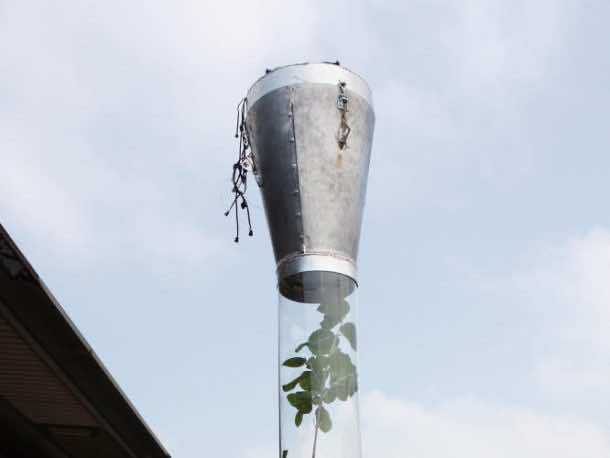
The plants are quite good at countering pollution by absorbing particulate matter and other gaseous pollutants. However, a few types of grasses and ivy can reduce the nitrogen dioxide consumption by 40 percent and even take up more than 60 percent of the particulate matter. The researchers have developed a new type of honeysuckle called the Green Junkie.
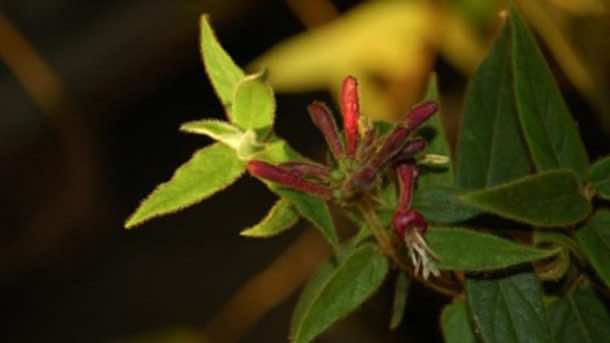
Scientists hope to enhance the effectiveness of the smog absorbing plant to get better results. Emily Parry is associated with the AMS Institute, which concentrates on finding the solutions for urban problems plaguing Amsterdam.
“The parts of a plant that pick up air pollution out of the air are the ‘hairs,’ so what they’ve changed for this honeysuckle is that they’ve made it very, very hairy.”
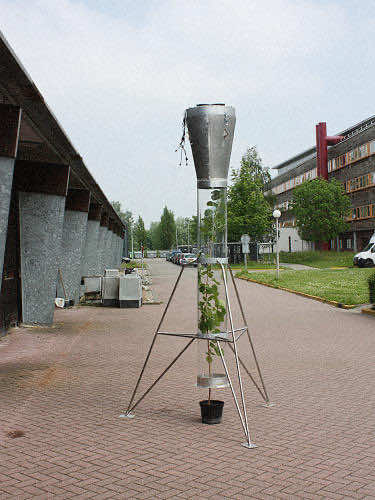
The idea of using a modified plant to reduce the air pollution in the city was proposed in 2015 by a local company called MyEarth. The company fed a custom organic fertiliser to the plant. The fertiliser was made from the plant waste collected from the Amsterdam streets. Thus, the Green Junkie has a higher carbon dioxide carving than a conventional plant.
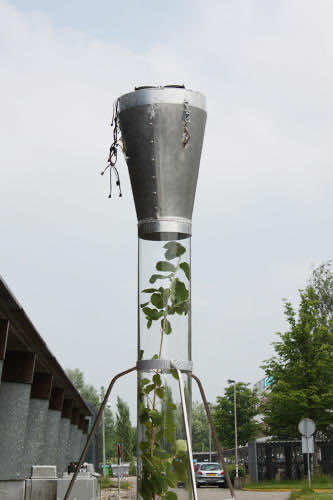
The plant has been tested in the lab successfully. The research team is now trying to ascertain the right type of streets where it may be used effectively.
“Plants are living organisms, and the weather is so changeable, that’s something very difficult to simulate in the lab. Out in the open, you might have kids kicking their ball against the plant, or maybe people will start picking flowers. It’s really exciting to see what will happen.”
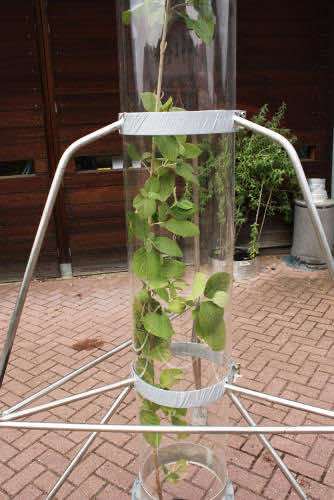
Amsterdam aims to eliminate the air pollution from traffic in the next ten years. The city is already working on shifting the bus fleet from diesel to electric, and the transformation to clean energy will be complete by 2025.


